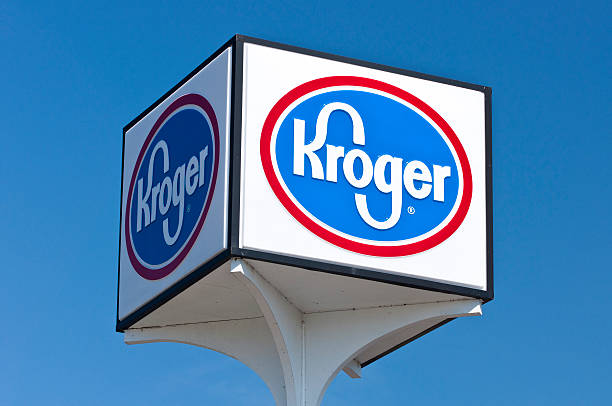The Good, The Bad, and The Ugly of Kroger’s Business Model
If you’ve ever bought a rotisserie chicken at 10 p.m. or accidentally walked out with 12-for-$10 yogurts you didn’t plan on buying… you’ve been Krogered.
The Kroger Co. (NYSE: KR) isn’t just one of America’s biggest grocery chains—it’s a living case study in margin math, private-label warfare, and the art of doing a lot with a little.
But is Kroger’s business model genius… or just grocery-grade chaos?
Let’s break it down—the good, the bad, and the ugly.
The Good: They’re Boring, Cheap, and Everyone Eats
- It’s groceries, not rocket science
People need food in recessions, booms, pandemics, and presidential elections. Kroger thrives on this reality. - Private label = profit magic
About 30% of Kroger’s grocery sales are private-label (Simple Truth, Kroger brand, etc.).
These carry higher margins than name brands, and shoppers often don’t care—or even prefer them. - Loyalty + data = low-key empire
With 60 million loyalty cardholders, Kroger is basically a discount grocery chain running a massive consumer data operation on the side. They quietly know more about your pantry than your spouse. - They own the supply chain
Kroger controls much of its food production and distribution. Think bakeries, dairy plants, and logistics hubs—enabling cost control and faster response to supply shocks.

The Bad and Ugly: Groceries Are a Brutal Business
- Razor-thin margins
Operating margin? A meager ~2.6% in 2024. That means for every $100 of groceries sold, Kroger keeps $2.60 before interest and taxes. - Constant price wars
Walmart. Aldi. Costco. Target. Amazon. Everyone wants your grocery dollar. That forces perpetual discounting, which means margin compression is Kroger’s love language. - Labor, shrink, and theft
Kroger employs nearly 430,000 workers. Wages, union negotiations, and retail theft all eat away at profitability. Shrink (i.e., product loss) is a growing issue across the industry. - No real international footprint
Unlike Walmart or Costco, Kroger is basically America-only. Great for focus (and during times of tariffs, that’s for sure), bad for global optionality.
Final Verdict
| What’s Smart | What’s Risky |
| Private-label margins | Price wars and shrink |
| Customer loyalty data | Constantly competing for said customer |
| Vertical supply control | Thin margins forever |
| Recession-proof product | No global presence |
Kroger’s business model is a masterclass in boring, stable execution—but don’t confuse boring with completely safe. Even though I think Kroger is a good general stability play, it’s still a knife fight in every aisle.
And that $5 rotisserie chicken? It’s bait. You were always going to leave with 27 things you didn’t need.
DISCLAIMER: This analysis of the aforementioned stock security is in no way to be construed, understood, or seen as formal, professional, or any other form of investment advice. We are simply expressing our opinions regarding a publicly traded entity.
© 2025 MacroHint.com. All rights reserved.